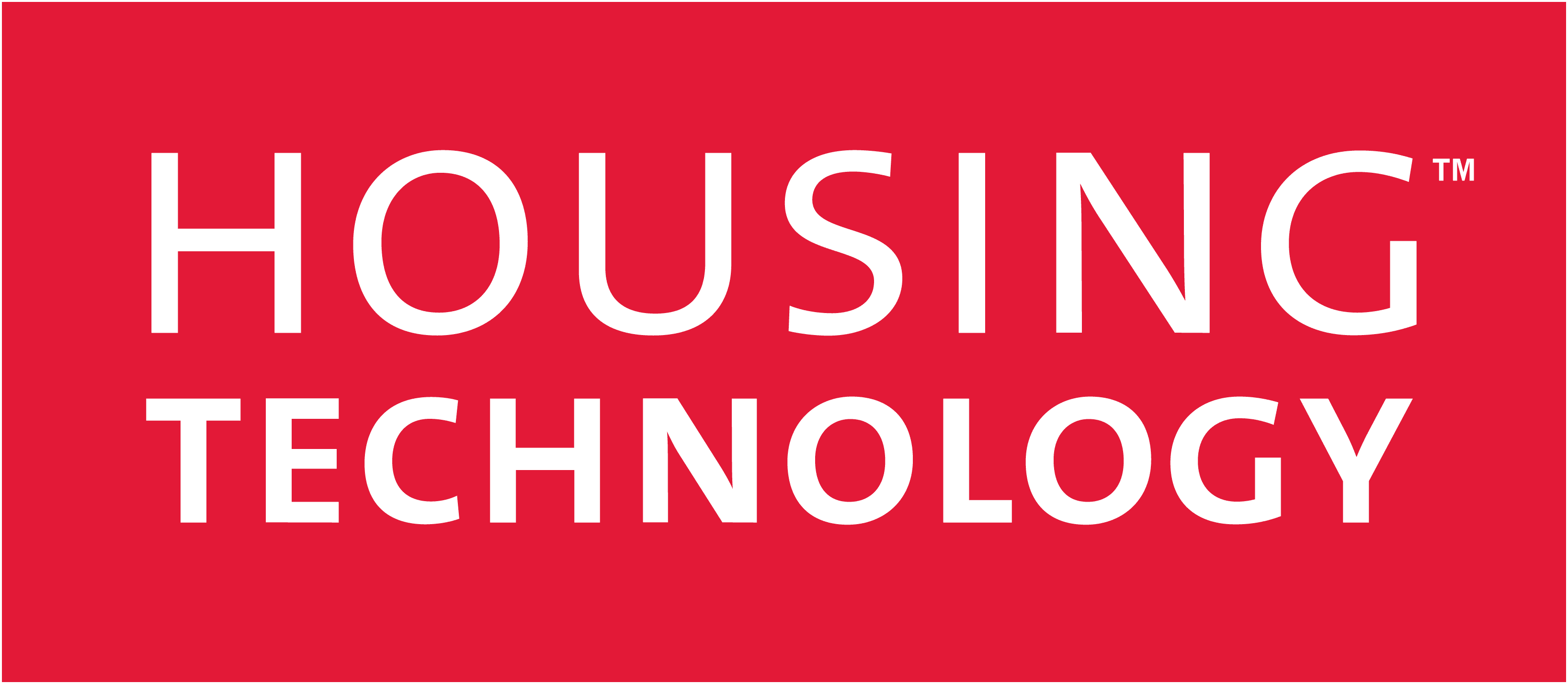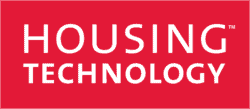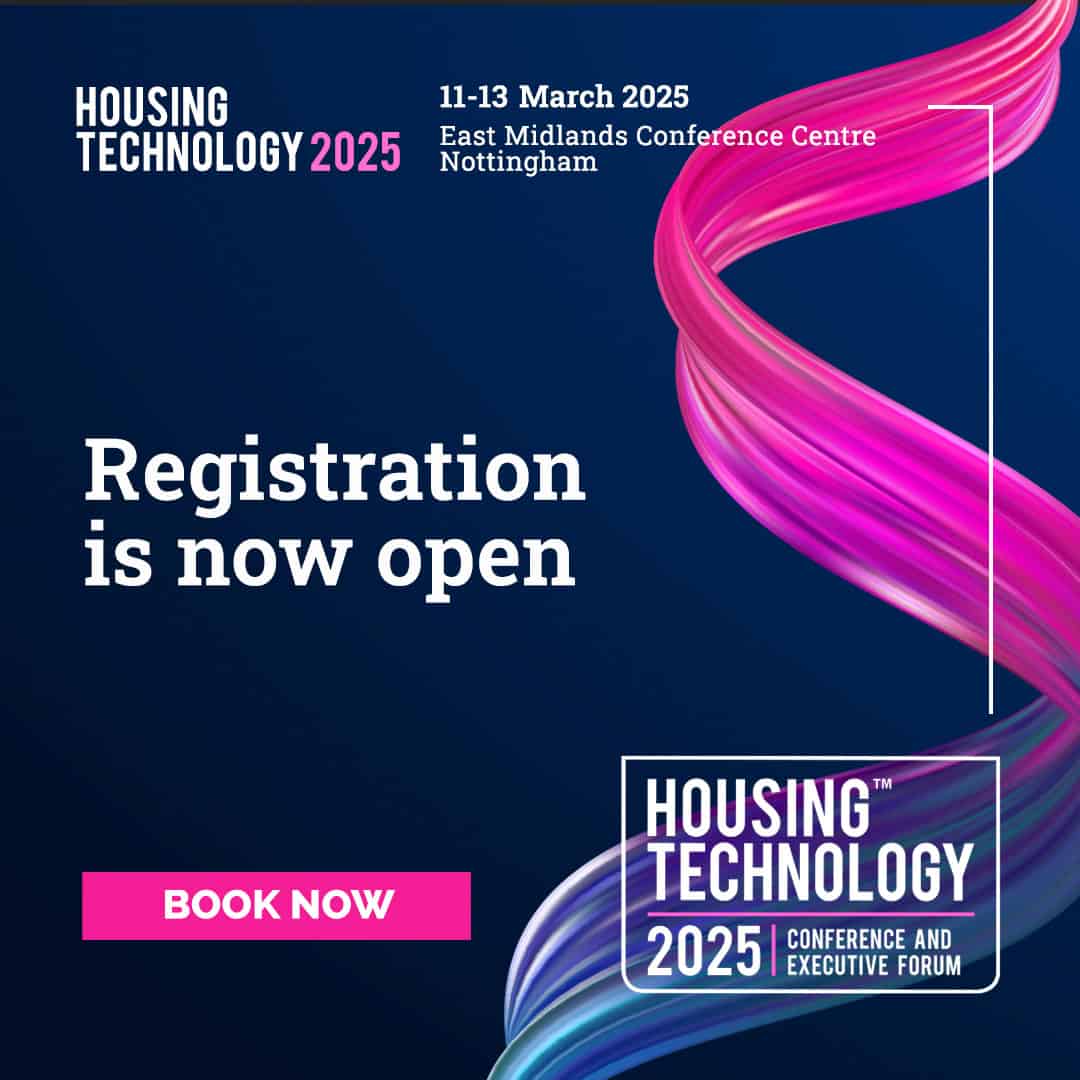Adoption of social media communications among housing providers across the UK is poor. A poll carried out by the Guardian Social Enterprise Network revealed that 84 per cent think that an overly-cautious approach to social media is actually holding the sector back.
Don’t get me wrong, that figure could so easily also relate to other sectors, but it’s only a negative if housing providers fail to grasp that this is actually an opportunity. And therein lies the challenge; finding that opportunity carefully hidden among the smoke and mirrors that surround social media.
There are all sorts of excuses for failing to embrace social media; some blame the lack of internet access for tenants, some blame cost, there’s the argument that management teams don’t get it, and others say the current systems work and see no reason for change. But the real answer, the answer most people are reluctant to voice, is fear.
Organisations are scared to open the Pandora’s Box that is social media out of fear that it’s actually a can of worms, a seething mass of difficult to answer questions such as how do you control it? How do you prevent rogue updates on networking sites? Who should be responsible for posting status updates? What happens if someone makes a mistake? How do we make it work, within budget and within our grasp and understanding?
The smoke and mirrors surrounding social media are there simply to ensure continuous, well-paid work for the consultants who believe that they are experts in their field.
Here’s the thing: social media is more ‘Strictly Come Dancing’ than ‘Derren Brown’. Both have smoke and mirrors, but while only a few of us can hypnotise and do magic tricks, we can all wear sequins and hop from one foot to the other waving our ‘jazz hands’.
If you are a housing provider, then there are certain things you need to do every day, every week and every month. And there’s a process for doing everything, whether it’s responding to tenant issues, updating residents with information, arranging appointments for viewings or booking contractors for repairs.
All of these activities can be carried out in the traditional way – all housing providers have databases, processes, regulations and red tape, they have to send letters, make phone calls, and have face-to-face meetings – but what if you could introduce social tools that would streamline those processes, improve communications, deliver quicker response times, all while reaching a wider audience and positioning your organisation as the hub of your community and your website the first port of call for information?
Using social media can mean significant cost-efficiencies at the same time as reaching your tenants, residents, shareholders, the media and the wider community in a way that they respond to.
The hardest part is actually taking the decision to get started. It’s difficult due to the widespread lack of understanding at executive levels about the importance of social media and how it can be leveraged to maximise engagement and minimise costs. It’s that fear thing I mentioned earlier.
Yes, there is naturally a need to be aware of defamatory comments and yes, there’s always a concern about reduced productivity if staff are spending time on social sites, but this is simply down to creating an effective usage policy and training your teams. It’s not difficult, and it’s certainly not a barrier that can’t be overcome.
The first step is simply to agree to take the first step. The executive team needs to not only understand the need to embrace social media, but they must also want to embrace social media.
If you want to harness the opportunities that social media can bring to your organisation, you need cultural change – from the top down, the bottom up and the outside in. Embracing social media should change how you run your organisation, and a token tick-box approach to the odd status update and tweet about welfare reform just won’t cut it.
I suggest you should start by creating a comprehensive strategy that can be embedded in every department in your organisation, and commit to it. Make sure you include a social media usage policy and a social media training policy, and then start to use your imagination.
Be creative in your approach and have some fun while you’re at it. Imagine you have a limitless budget and can do anything you like. Then, when you’ve worked out all the amazing things you want to do, work out a way to do them within your budget.
With a bit of creative thinking, planning and communication, your website could become a community hub, the place where tenants, and others who live and work locally, turn to find out what’s happening. It could be the first point of contact when there’s a major issue, such as snow affecting schools and roads, or for people seeking help and advice about welfare reforms; finger-on-the-pulse information that not only reacts to tenant and community needs, but actually anticipates them and shares truly valuable information, links and answers.
Better, smarter communications can also save costs. If you find out how your tenants want to receive their information, then you’re minimising wasted resources. Start a dialogue on Facebook, Twitter, LinkedIn or indeed your blog, ask questions, listen carefully, encourage honest and constructive feedback and then follow through, and use Facebook polls to involve tenants in decision-making processes.
And don’t forget that young people, who are notoriously difficult to engage with, spend their lives on their smartphones so reach out to them where they hang out.
Social media isn’t just about posting status updates; you should also consider apps. How about creating apps for reporting faults or requesting maintenance visits, allow tenants to pay rent, or use an app to spread the word about hard-to-let properties?
What about running social media events for your tenants in order to help them to understand how to use social media in a way that works for both you and them? So many ideas and so many opportunities; tailoring them to suit your community, your strategic goals, and your resources is the key thing.
Once you have defined your strategy and everybody is on board, trained, ready and raring to go, the hard work starts.
Balancing empowerment to achieve your strategic goals with fair and reasonable monitoring, and a comprehensive understanding and overview of the legal requirements is never easy. But it is certainly manageable and indeed even enjoyable.
Michelle Rodger is a director of Fat Frog Social Media.


